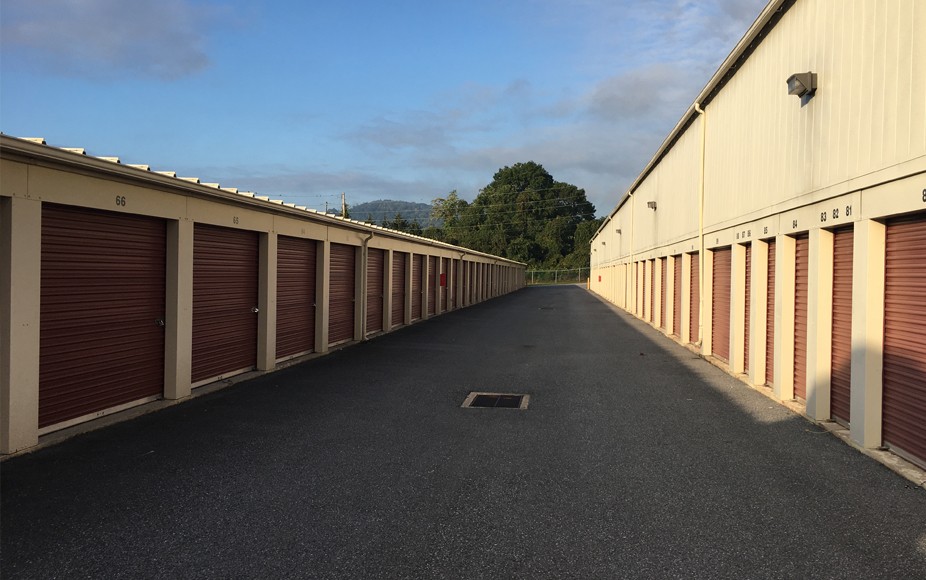Beginner’s Guide to Boosting Your Storage Property’s Value Part 2: Occupancy Based Pricing

Welcome to Part 2 of our Beginner’s Guide to Boosting Your Storage Property’s Value. We will focus on occupancy based pricing and discuss the main areas that can have a great impact on increasing your property’s value now. These are great items to tackle in preparation to sell your property and also a perfect way to increase revenue if you plan to retain ownership for the foreseeable future.
When was the last time you took a look at your pricing? You may refer to your prices as vacant unit rates or unit pricing. But I like the term street rates; the price that a customer walking in off the street is going to pay today to rent a unit. Reviewing your pricing is one of the most important tasks any owner/operator should be doing on a regular basis. Playing an active role in your pricing is the number one driver of long term revenue growth for your facility. I recommend that you look at your pricing bi-weekly or at the very least on a monthly basis.
One of the questions we ask our customers when completing valuations for their self storage facility is, “When was the last time you adjusted your street rates?” All too often the answer is last year, two years ago or I never have. Let’s stop and think about this for a moment. When was the last time a gallon of gas was the same price as it was a year or two ago? When was the last time a gallon of milk stayed the same price year after year? Just as most commodities fluctuate in price due to supply and demand, you should be doing the same with your unit pricing.

A lot of smaller operators are only looking at the overall occupancy of their facilities. By doing so, you are missing key opportunities for revenue growth. But you think, my facility is 95% full, I must be doing something right! Strong overall occupancy is great, but if you are priced below the market, have unit sizes that are 100% occupied or 50% occupied, you have some great opportunities to increase your revenue.
Here is an example. You have thirty 5x10s at your facility with a current street rate of $50 per month with 15 of the units rented and 15 vacant. You review your competitions’ pricing and find that your $50 street rate is market average. So, what should you do? If I was the owner of this facility, I disregard the what the competition is doing and I would lower my street rate on this size. Why? At the end of the day, a vacant unit is worth ZERO in revenue. You need to find the rate that drives occupancy and that may take some tinkering with different prices. Once you finally find the price that drives occupancy, you’ll start to see revenues climb.
Example:
Current Rate: 5×10 – 15 Rented @ $50 = $9,000 in annual revenue
New Rate: 5×10 – 25 Rented @ $40 = $12,000 in annual revenue
In this example you can clearly see how the lower street rate is actually driving annual revenue. Once the customers have rented the unit, you can then put them in to your tenant increase schedule that we talked about in Part 1: Existing Tenant Rent Increases to continue to maximize revenues at your facility moving forward.
So, what about units that are not low in occupancy? Should you do anything to those street rates since your 100% occupied or almost 100% occupied? The answer is a resounding YES. Believe it or not, you are actually losing revenue growth opportunities if you are 100% occupied and not adjusting street rates. As a rule of thumb, you do not want to be 100% occupied in any size, ever. It will happen from time to time depending on factors beyond your control, but you should shoot for 94% as your ideal occupancy for maximizing your revenue growth. Let’s take a look at your very popular 10×10 units. Your facility has 100 of these units that are currently 100% occupied at $100 per month. How will raising the rate lower your occupancy, but increase your revenue?
Example:
Current Rate: 10×10 – 100 Rented @ $100 = $120,000 in annual revenue
New Rate: 10×10 – 94 Rented @ $120 = $135,360 in annual revenue
By finding the new higher rate that maintains occupancy in the mid 90s, creating additional supply for new customers and at the same time growing your revenue by $15,360; you just increased the value of your site by $192,000 (8% Capitalization Rate).
As you see, managing your prices is one of the easiest and most important ways to drive your revenue. Moving street rates up or down based on supply and demand is crucial. Playing an active role and setting a plan to review your pricing on a bi-weekly or monthly basis will help you achieve your goal of increasing your property’s value. If you have further questions on how to get started, contact us and our brokerage team can help guide you. Stay tuned for Part 3 of this series on managing your unit mix to drive revenue!

